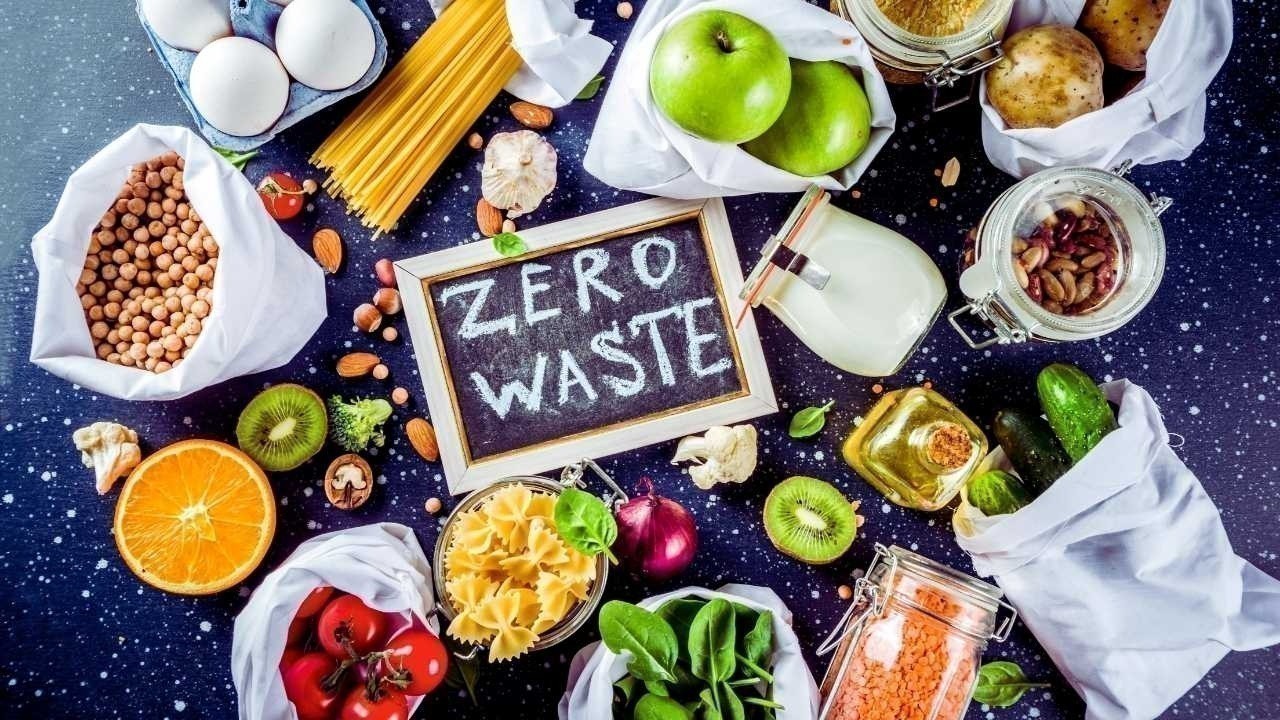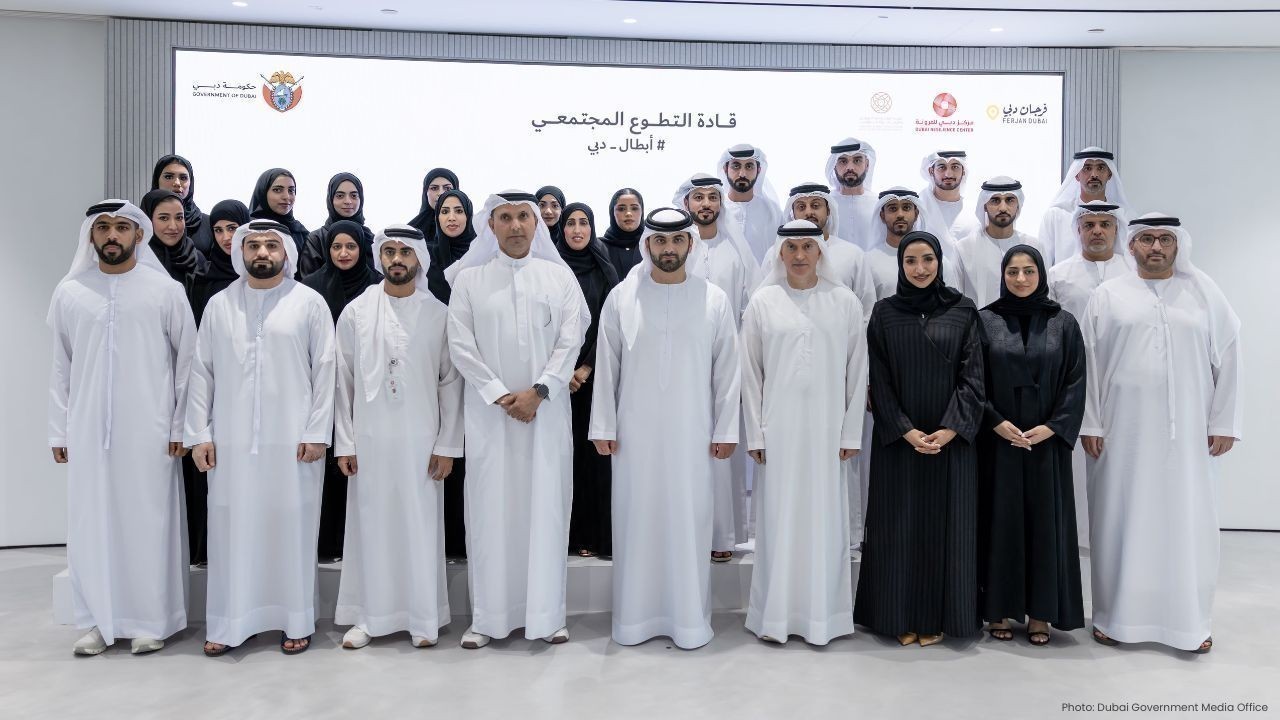
Post by : Anis Karim
In 2025, sustainability is no longer a buzzword — it’s a business model. The culinary world, once defined by indulgence and excess, is now embracing a powerful shift toward responsibility and innovation. At the heart of this transformation lies the zero-waste restaurant movement — a growing wave of chefs and restaurateurs who view every scrap, peel, and leftover as a creative opportunity rather than waste.
From upscale fine dining to cozy local bistros, zero-waste restaurants are revolutionizing not only how food is prepared but how it’s perceived. Their philosophy is simple yet profound: nothing edible should go to waste. But beyond sustainability, these pioneers are crafting dishes that surprise the palate, inspire diners, and redefine what it means to eat consciously.
Food waste has become one of the most pressing environmental issues of our time. According to global estimates, nearly one-third of all food produced each year is wasted — an amount sufficient to feed billions. This waste contributes significantly to greenhouse gas emissions and strains already fragile ecosystems.
In response, restaurants are rethinking their entire supply chain. From sourcing to plating, chefs are finding ways to minimize waste without compromising creativity or quality. The movement isn’t just about environmental responsibility; it’s also about culinary evolution. Zero-waste dining encourages innovation, discipline, and a deeper respect for ingredients.
What was once discarded — carrot tops, citrus peels, stale bread, or meat trimmings — now finds new life in soups, sauces, and desserts. Each creation tells a story of ingenuity and purpose.
At its core, zero-waste dining operates on a simple principle: every ingredient has potential. This philosophy challenges traditional kitchen hierarchies where only the “best” parts of produce are used. Instead, chefs view ingredients holistically, maximizing their utility while minimizing environmental impact.
Take, for instance, the humble vegetable peel. In a conventional kitchen, it’s often discarded. In a zero-waste restaurant, it becomes the star of a dish — roasted into crisps, pureed into a base, or infused into stocks for depth and flavor. Similarly, leftover bread might be transformed into a crunchy garnish or an inventive dessert crumble.
This movement isn’t about sacrifice or austerity; it’s about creativity. The limitation becomes a source of inspiration, pushing chefs to craft new textures, tastes, and experiences.
Across the globe, visionary chefs are turning their kitchens into laboratories of sustainability. They are not only reducing waste but setting new culinary standards.
Some chefs dehydrate vegetable scraps into powders to season dishes; others ferment fruit peels to create natural vinegars and sauces. Bones are roasted to make flavorful broths, while spent coffee grounds are repurposed into desserts or compost for urban gardens.
These chefs are more than cooks — they are storytellers, advocates, and educators. Through tasting menus and workshops, they invite diners to experience sustainability firsthand. The act of dining becomes a conversation about ethics, climate change, and creativity.
True zero-waste dining extends beyond the kitchen. It starts from the architecture, layout, and operations of the restaurant itself.
Sustainable Interiors: Many zero-waste restaurants are built using reclaimed wood, recycled materials, and eco-friendly designs. Furniture, plates, and décor often have second lives — repurposed from discarded objects.
Efficient Energy Systems: Kitchens integrate energy-saving appliances and solar-powered systems to reduce carbon footprints.
Composting and Recycling: Organic waste that cannot be reused is composted, closing the loop from plate to soil.
Smart Portioning: AI-driven tools and data analytics help chefs predict demand, ensuring minimal leftovers.
This comprehensive approach turns the restaurant into a living ecosystem — one where every process, from sourcing to serving, echoes sustainability.
A major pillar of zero-waste dining is the use of locally sourced and seasonal ingredients. By building relationships with nearby farmers and producers, restaurants minimize transportation emissions and ensure freshness.
Seasonal menus are designed to reflect nature’s rhythm. Instead of forcing exotic produce year-round, chefs embrace what’s abundant and in season. This approach not only enhances flavor but also reduces dependency on large-scale industrial farming, which often contributes to waste.
Many zero-waste establishments even grow their own herbs and vegetables, turning rooftops and patios into miniature gardens. The result is a self-sustaining culinary model that nurtures both planet and palate.
Modern technology plays a crucial role in advancing the zero-waste movement. From digital inventory systems to AI-driven analytics, technology helps restaurants optimize every stage of their operations.
Smart Inventory Management: Software tracks ingredient usage and predicts future needs, preventing overstocking and spoilage.
Composting Innovations: New machines can convert kitchen scraps into compost within hours, which is then used to enrich local farms.
Food Waste Trackers: Apps help monitor leftover quantities, allowing chefs to adjust recipes and portion sizes dynamically.
These innovations have made sustainability not only possible but profitable. Restaurants save money while aligning with the values of eco-conscious diners.
The rise of zero-waste restaurants also reflects a broader shift in consumer behavior. Diners today are more environmentally aware than ever before. They care about where their food comes from, how it’s prepared, and the impact it has on the world.
This awareness has created a new kind of loyalty — one rooted in shared values rather than mere taste. Guests feel good knowing their meal contributes to a sustainable cycle. Many are even willing to pay a premium for such experiences.
Restaurants, in turn, use transparency as a marketing tool. Menus often highlight the origin of ingredients and the creative reuse techniques employed in each dish. Sustainability has become part of the dining story, not an afterthought.
In Copenhagen, restaurants use byproducts like fish bones to make sauces and vegetable stems to craft broths, setting a global standard for circular gastronomy.
In Singapore, chefs use technology to turn fruit waste into cocktail bases and garnishes.
In the UAE, high-end restaurants are collaborating with local farms to ensure nothing goes unused — from date pits transformed into coffee substitutes to surplus bread baked into desserts.
In New York and London, “closed-loop” restaurants run on a zero-landfill policy, ensuring every ounce of waste is either reused or composted.
These global examples show that sustainability and fine dining can coexist beautifully.
Zero-waste dining isn’t confined to restaurant walls — it’s a movement that extends to communities. Many establishments host cooking classes, public events, and collaborations with schools to teach people about minimizing waste at home.
By sharing their techniques, these chefs inspire a culture of mindfulness. The goal is not just to change how people eat, but how they think about food. From home kitchens to canteens, the lessons learned from zero-waste restaurants can ripple outward, shaping a more sustainable future.
While the initial setup for a zero-waste restaurant can be costly, the long-term savings are significant. Lower disposal fees, reduced ingredient waste, and smarter inventory management all contribute to a leaner operation.
Moreover, the marketing power of sustainability drives customer engagement. In an age where consumers value authenticity, being environmentally responsible enhances reputation and trust.
This economic alignment — where doing good is also good for business — ensures that the movement isn’t just a passing trend but a lasting transformation.
As climate awareness deepens, zero-waste dining is evolving from niche to norm. Future restaurants are likely to adopt even more advanced technologies — from blockchain-enabled traceability to AI-generated recipes designed to minimize waste.
Menus will continue to celebrate imperfection — the “ugly” vegetables, the overlooked ingredients, the humble scraps — turning them into culinary masterpieces. The next decade will see sustainability not as an alternative but as the default philosophy of modern gastronomy.
In the long run, zero-waste restaurants will influence not just how we dine but how food systems operate globally. They represent a future where taste, ethics, and innovation coexist harmoniously.
Zero-waste restaurants are proving that sustainability and fine dining are not contradictions but complements. They’re rewriting culinary rules, replacing waste with wisdom and indulgence with intention.
In every reused peel, every upcycled sauce, and every thoughtfully plated dish lies a message: great food doesn’t have to cost the planet. As diners, chefs, and communities unite under this shared vision, the zero-waste movement is not just feeding people — it’s nurturing the planet.
This article is based on current sustainability trends and global food industry practices as observed through 2024–2025. It aims to inform readers about evolving culinary movements that prioritize eco-conscious dining and waste reduction. Readers are encouraged to research local initiatives for the most accurate representation of zero-waste programs in their region.

Rising Competition Challenges Coinbase’s Market Dominance
Coinbase beats Wall Street forecasts again, but as new crypto exchanges go public, fresh competition

Fabien Marchand — The Infinite Brushstroke of Freedom
French artist Fabien Marchand explores freedom, color, and emotion through his evolving art — bridgi

From Dubai to the World: Muhammad Hamza Raja Earns IFBB Pro Card in Czech Republic
Dubai-based Pakistani athlete Muhammad Hamza Raja earns his IFBB Pro Card at the Grand Prix PEPA Opa

Dubai Judicial Council approves key reforms, promotions
Sheikh Maktoum bin Mohammed chairs Dubai Judicial Council meeting, approving promotions, new structu

Dubai Honors First Batch of Community Volunteer Leaders
Dubai celebrates the graduation of its first Community Volunteer Leaders, empowering citizens to tak

Sheikh Mansoor Reviews DXB Operations for Peak Travel
Sheikh Mansoor bin Mohammed reviews DXB’s operations to ensure seamless travel, advanced security, a

Dubai to Host 25th Airport Show with Global Exhibitors
Over 140 global exhibitors will gather in Dubai for the 25th Airport Show 2026, unveiling next-gen a

Fabien Marchand — The Infinite Brushstroke of Freedom
French artist Fabien Marchand explores freedom, color, and emotion through his evolving art — bridgi

Dubai’s Healthy Food Revolution 5 Global Wellness Trends Transforming the City
Discover how Dubai is embracing a global wellness wave with plant based diets organic food and smart

Start Your Day with Chia Seeds for Stronger Healthier Hair Naturally
Discover how morning chia seeds boost hair growth add shine and strengthen roots naturally with easy

The Power of SPF Why Daily Sunscreen Use Protects Your Skin from Damage
Discover why daily sunscreen matters Learn SPF basics how to choose the right type and protect your

Simple Hydration Hacks to Help You Drink More Water Every Day
Stay refreshed with easy hydration hacks Learn fun natural ways to drink more water daily boost ener

The Healthy Side of Dubai Exploring the Nutritious Essence of Emirati Cuisine
Explore the healthy side of Dubai through Emirati cuisine Discover natural ingredients balanced flav

Affordable Makeup Dupes Discover Luxury Beauty Looks for Less
Discover the best affordable makeup dupes that match luxury brands in quality and style Get stunning

The Magic of Oils A Simple Guide to Choosing the Right One for Your Skin
Find the best natural oil for your skin type Learn how to hydrate balance and glow with the perfect